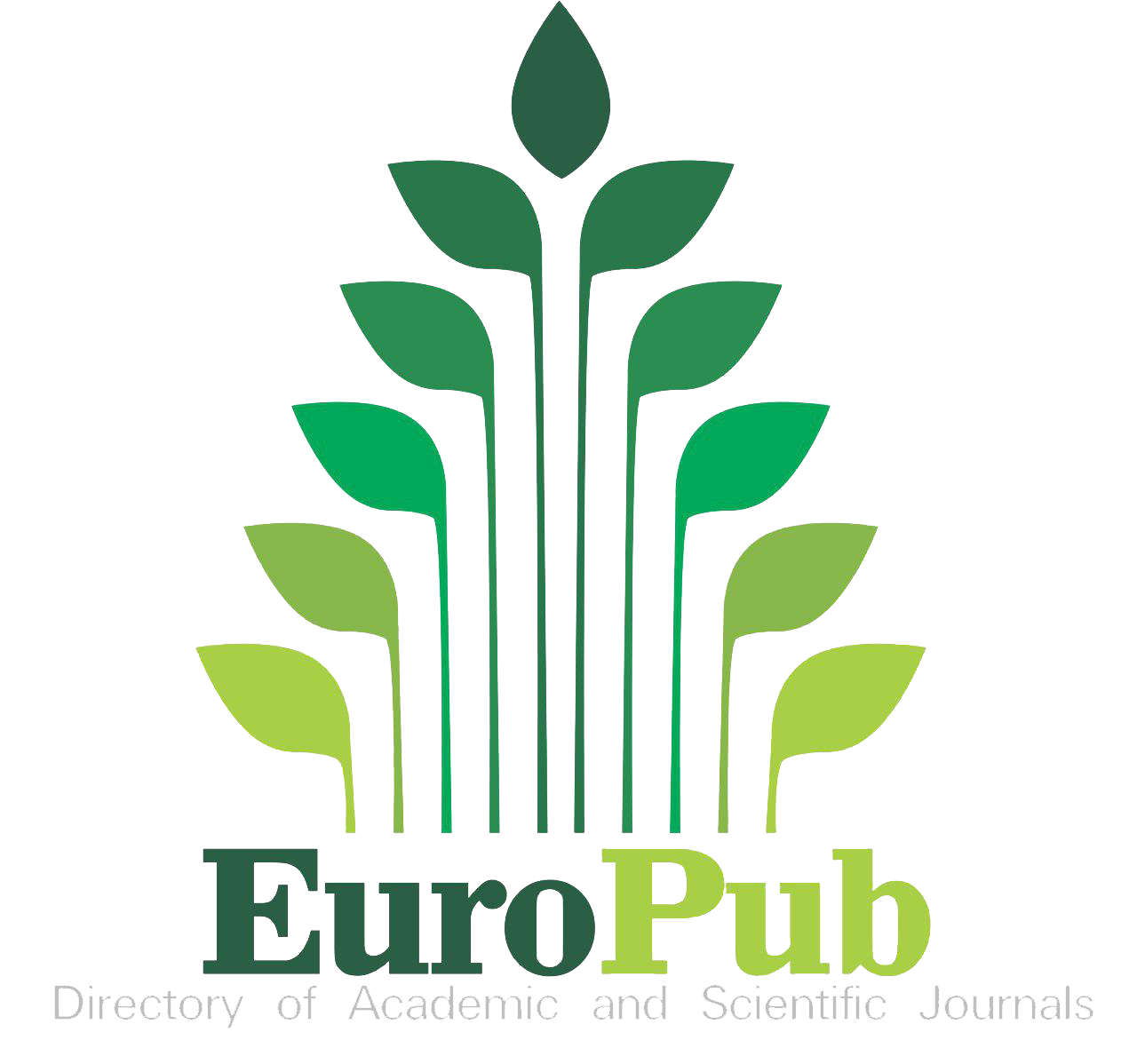Evaluation of Chitosan-Based Nano-Encapsulated Diterpenoids from Andrographis paniculata for Targeted Anti-Inflammatory Therapy: Roles of Analytical Chemistry Medical Imaging, and Biochemical Assessment
DOI:
https://doi.org/10.54536/ajcp.v4i1.5356Keywords:
Andrographis Paniculata, Chitosan, Diterpenoids, FTIR, LC-MS, Nano-Encapsulation, Sonography, Targeted Drug Delivery, TEMAbstract
The formulation, characterization, and therapeutic potential of Andrographis paniculata-derived chitosan-based nano-encapsulated diterpenoids for targeted anti-inflammatory therapy are examined in this study. Chromatographic and spectroscopic methods, such as UV-Vis, FTIR, NMR, and GC-MS, were used to isolate and characterize two important bioactive compounds: 14-deoxy-11,12 didehydroandrographolide and neoandrographolide. The existence of functional groups including amines, carbonyls, thiols, and nitro compounds—which support the compounds’ anti-inflammatory qualities—was verified by FTIR spectra. Transmission Electron Microscopy (TEM) showed that spherical nanoparticles with mesoporous structures (22.10 nm) were produced by ionic gelation using chitosan and sodium sulfate, followed by sonication, to accomplish nano-encapsulation. High encapsulation efficiency (82.5% for the main isolate) and a biphasic drug release profile—an initial burst followed by a sustained release over four hours—were demonstrated by the encapsulated compounds. In carrageenan-induced Wistar rats, sonographic imaging showed a significant decrease in paw thickness and vascular perfusion after therapy. This was supported by improved liver and kidney function and lower levels of inflammatory biomarkers (TNF-α, IL-6, and CRP). A comparative analysis revealed that the nanoformulated extract exhibited less toxicity and performed on par with or better than common anti-inflammatory medications, such as Diclofenac. The effectiveness of A. paniculata nanoformulations for safer, longer-lasting, and more focused anti-inflammatory treatment is supported by this multidisciplinary approach that combines phytochemistry, nanotechnology, analytical chemistry, imaging, and biochemical validation.
Downloads
References
Akbar, S. (2011). Andrographis paniculata: A review of pharmacological activities and clinical effects. Alternative Medicine Review, 16(1), 66–77. https://pubmed.ncbi.nlm.nih.gov/21438646
Beg, S., Javed, S., Kohli, K., Ahmad, F. J., & Aqil, M. (2010). Nanotechnology-based approaches for the delivery of bioactive compounds in cardiovascular disorders. Current Vascular Pharmacology, 8(2), 168–179. https://doi.org/10.2174/157016110790226645
Choudhury, H., Pandey, M., Hua, C. K., Mun, C. S., Jing, J. K., Kong, L., … & Sisinthy, S. P. (2021). An update on natural compounds in the remedy of diabetes mellitus: A systematic review. Journal of Traditional and Complementary Medicine, 11(2), 204–229. https://doi.org/10.1016/j.jtcme.2020.10.004
Hancke, J. L., Burgos, R. A., & Ahumada, F. (1995). Activity of Andrographis paniculata in the treatment of upper respiratory tract infections. Phytomedicine, 2(4), 293–298. https://doi.org/10.1016/S0944-7113(11)80052-1
Jin, L., Quan, C., Hou, X., & Fan, S. (2016). Potential pharmacological resources: Natural bioactive compounds from marine-derived fungi. Marine Drugs, 14(4), 76. https://doi.org/10.3390/md14040076
Kayser, O., Lemke, A., & Hernandez-Trejo, N. (2005). The impact of nanobiotechnology on the development of new drug delivery systems. Current Pharmaceutical Biotechnology, 6(1), 3–5. https://doi.org/10.2174/1389201053167148
Kwon, H. C., Kauffman, C. A., Jensen, P. R., & Fenical, W. (2006). Marinopyrrole A: A cytotoxic and antibiotic compound from a marine streptomycete. Journal of the American Chemical Society, 128(5), 1622–1632. https://doi.org/10.1021/ja057153z
Lim, J. C., Chan, T. K., Ng, D. S., Sagineedu, S. R., Stanslas, J., & Wong, W. S. (2012). Andrographolide and its analogues: Versatile bioactive molecules for combating inflammation and cancer. Clinical and Experimental Pharmacology and Physiology, 39(3), 300–310. https://doi.org/10.1111/j.1440-1681.2011.05619.x
Palanisamy, S., Liu, X., & Wang, Y. (2017). Marine-derived alkaloids and their anti-inflammatory activities. Marine Drugs, 15(9), 261. https://doi.org/10.3390/md15090261
Tabas, I., & Glass, C. K. (2013). Anti-inflammatory therapy in chronic disease: Challenges and opportunities. Science, 339(6116), 166–172. https://doi.org/10.1126/science.1230720
Downloads
Published
How to Cite
Issue
Section
License
Copyright (c) 2025 S. I. Okonkwo, J. A. Ezugwu, I. P. Oragwu, C. K. Okonkwo, P. O. Okwuego, A. T. Kene Okonkwo, V. S. Okonkwo, S. C. Okonkwo

This work is licensed under a Creative Commons Attribution 4.0 International License.







